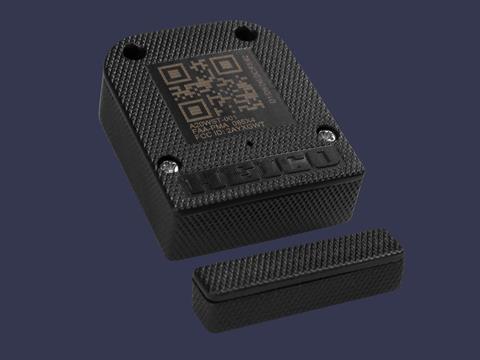HEICO has teamed with Aerosens to develop a cabin management system – Aero CMS – utilising Bluetooth Low Energy (BLE) security and presence sensors with the initial aim being to actively monitor the security of under-seat life-vest containers to support reduced aircraft turnaround times.
Paul Belisle, vice-president and general manager, HEICO Hardware Accessories Group, says that the BLE sensors transmit constantly, letting an airline know the status of each life-vest container or other equipment containers being monitored.

“These sensors are lightweight and inexpensive, and communicate with the Aero CMS software which may be customised based upon airline specifications,” he explains. ”Data is transmitted to a handheld device which has the location of passenger accommodations (LOPA) and configuration of each aircraft type specific to that airline. Within minutes you are able to verify the status of the entire aircraft, identifying if there has been any tampering.
“If something is amiss, the software-enabled handheld device flashes a different colour notifying the flight attendant or flight crew, so that they have to go and inspect the tampered container,” Belisle says.
The use of sensors gives a vast improvement in the turn time of aircraft that come into the USA.
“Every aircraft flying into the US must have a 100 percent check of all the safety equipment including the life-vests. On a widebody aircraft, that can take multiple people several hours to perform. With the Aero CMS activated, a complete check of this equipment can be accomplished in minutes. You can see the status of the entire aircraft on the handheld device (Android or iOS),” Belisle says.
The sensors also track the expiration of the equipment being monitored. “A widebody aircraft can easily have upwards of 300 life-vests on board. Our sensors continually monitor each of the equipment’s expiry dates, providing advance notice as each vest’s date approaches. It’s predictive maintenance in a way.
“Currently, as several life-vests expire and others’ expiration approaches, an airline would most likely switch out the entire suite of vests during the next check, due to convenience. Flying with expired life-vests is a fineable offence,” Belisle highlights. “Being able to exchange only the soon-to-expire vests reduces the inventory holdings of an air carrier, as they don’t need to replace the entire suite.”
HEICO & Aerosens have performed flight tests with operators and ground tests with several operators and, according to Belisle, “It’s ready to fly.”


























